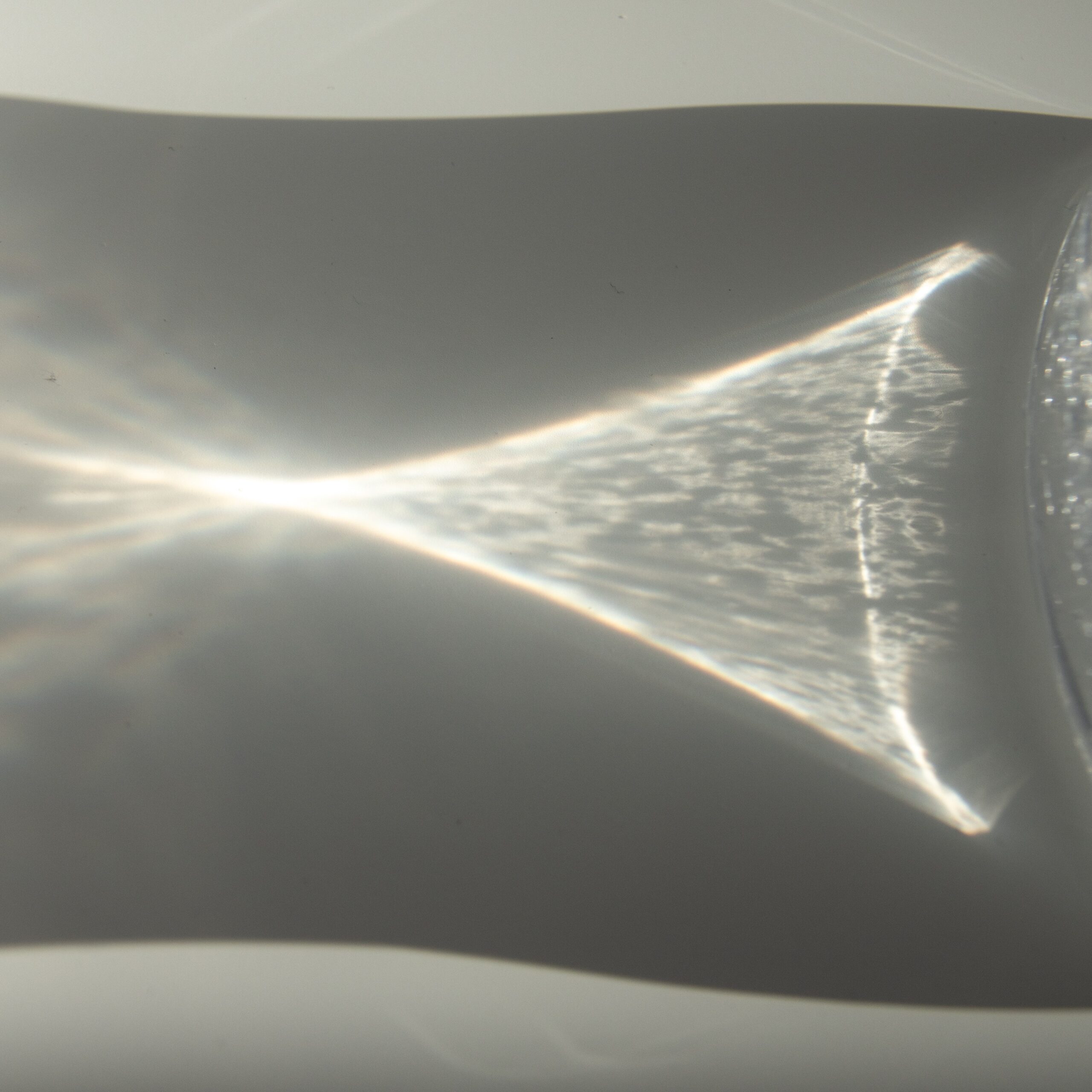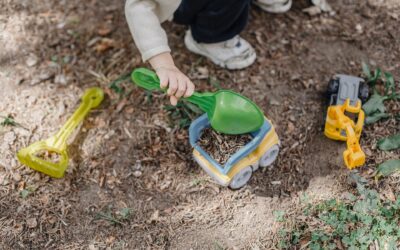No. 73: Use fabric shade structures
No. 73: Use fabric shade structures
Number 72
Learn why you should do this:
Fabric shade structures have become increasingly popular in schools due to their many benefits. They provide a comfortable outdoor environment for students and teachers to study and play, while also reducing the harmful effects of UV radiation. Beyond the health benefits, using fabric shade structures can also have significant environmental and financial benefits for schools.
One of the most significant environmental benefits of using fabric shade structures is the reduction in energy consumption. By providing shade, the structures help to reduce the amount of direct sunlight that enters buildings, which can lead to a reduction in the use of air conditioning systems. This, in turn, can significantly reduce energy consumption and greenhouse gas emissions. According to a study by the Lawrence Berkeley National Laboratory, shading windows can reduce cooling energy use by 33% on average.
In addition to the environmental benefits, using fabric shade structures can also have financial benefits for schools. By reducing the need for air conditioning, schools can save money on their energy bills, which can be a significant expense. The savings can be used to fund other educational programs or improvements.
Moreover, fabric shade structures are often less expensive than other outdoor shade options, such as wooden or metal structures. Fabric structures require less maintenance and are more durable than traditional shade structures, making them a more cost-effective long-term option. According to a report by the National Renewable Energy Laboratory, the cost of using fabric shade structures can be up to 50% lower than traditional structures.
Another advantage of using fabric shade structures is that they can be customized to meet the specific needs of a school. They come in a variety of shapes, sizes, and colors, and can be designed to match the existing architecture of a building or campus. Schools can choose from a range of fabrics, from standard polyester to more durable and weather-resistant options. This flexibility allows schools to create an outdoor space that is both functional and aesthetically pleasing.
In addition to the environmental and financial benefits, using fabric shade structures in schools can also have positive educational outcomes. These structures provide opportunities for outdoor learning, which has been shown to have many benefits for students. Studies have shown that outdoor learning can improve academic performance, increase engagement, and promote a sense of community among students.
In conclusion, using fabric shade structures in outdoor areas of schools can have a significant positive impact. They provide shade, reduce energy consumption, and can have financial benefits. They can also be customized to meet the specific needs of a school and can provide opportunities for outdoor learning. By incorporating fabric shade structures, schools can create a comfortable and sustainable outdoor environment that benefits both students and the environment.
Sources:
- Lawrence Berkeley National Laboratory. (2012). Shading Windows and Passive Cooling. Retrieved from https://buildings.lbl.gov/sites/default/files/lbnl-6087e.pdf
- National Renewable Energy Laboratory. (2018). Shaded Parking Structures. Retrieved from https://www.nrel.gov/docs/fy18osti/70389.pdf
- Bonner, J. (2016). Outdoor learning spaces: A sustainable solution to educational challenges. Green Teacher, 108, 6-12.

All 100 ideas in one, easy to share ebook. Download now and start helping your school be its best version of itself...
Downloaded over 17,000 times!

More ways to make a difference, now!
No. 26: Install bike racks at school
Number 26 Installing bike racks in schools can benefit the environment, promote physical activity, and save money. Students who bike to school have improved physical fitness and academic performance, while schools can save money on transportation costs and reduce...
No. 18: Use digital signage instead of paper posters
Number 18 Using energy-efficient digital signage instead of paper posters in schools has environmental and financial benefits. It reduces waste and saves energy, resulting in cost savings. Experts suggest that digital signage is also more effective in communicating...
No. 4: Create sustainable play areas
Number 4 This article discusses the environmental and financial benefits of creating sustainable play areas in schools. These play areas reduce waste, promote a connection to nature, reduce carbon emissions, and save schools money on maintenance and utility bills....





